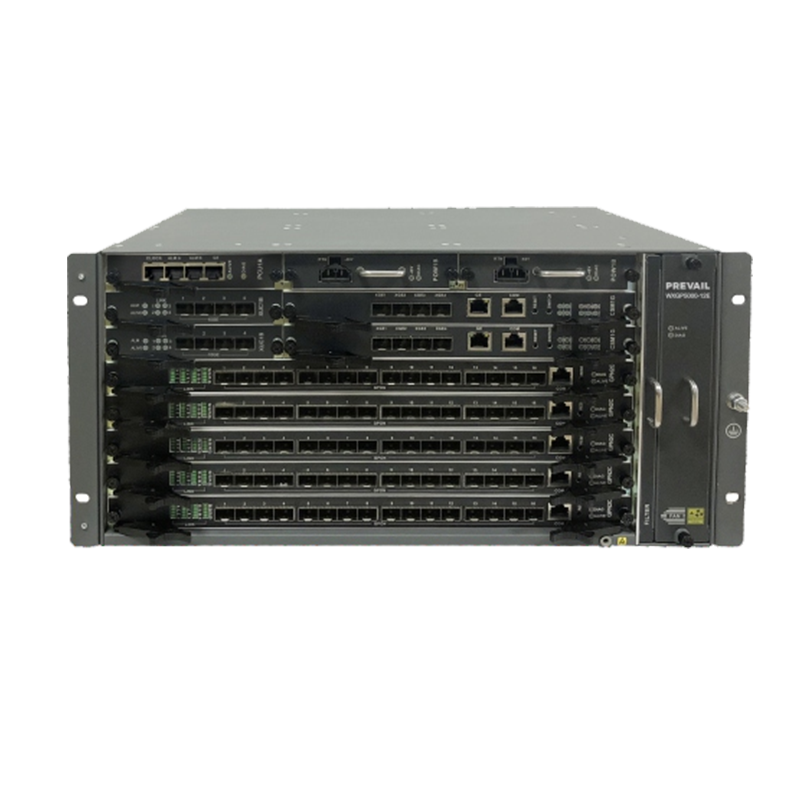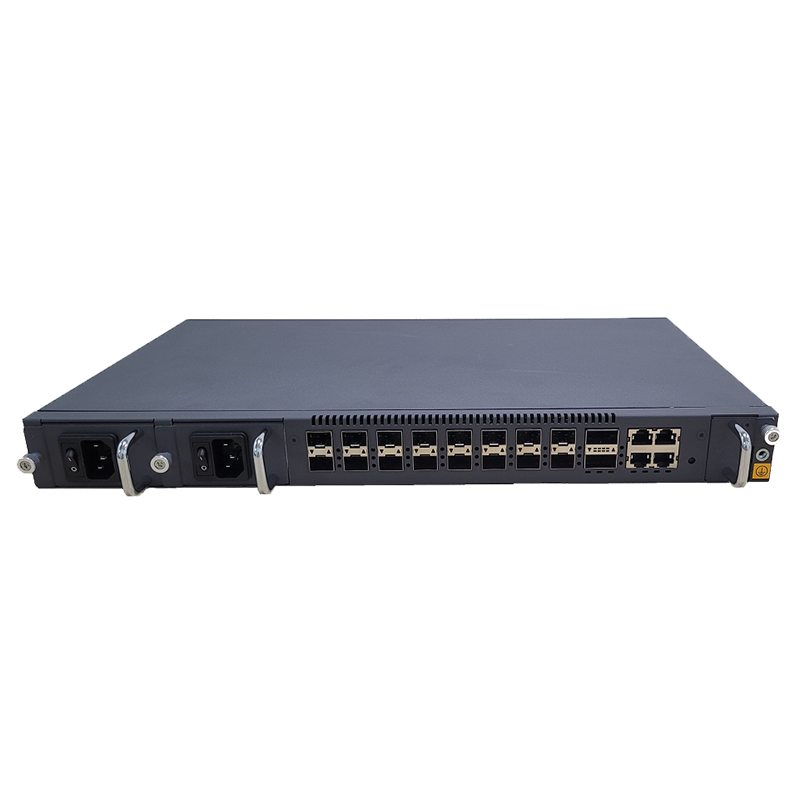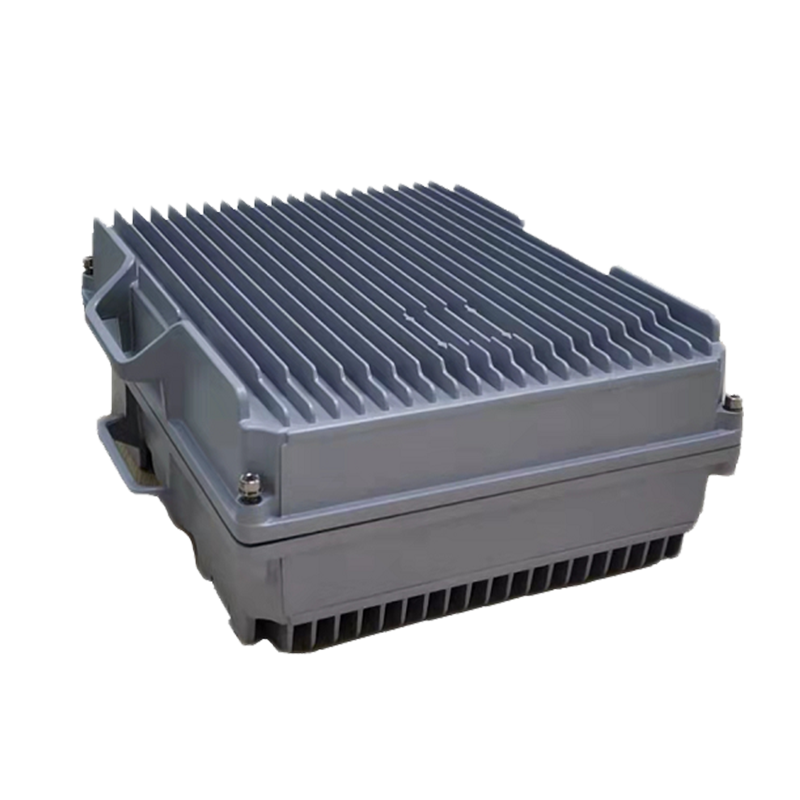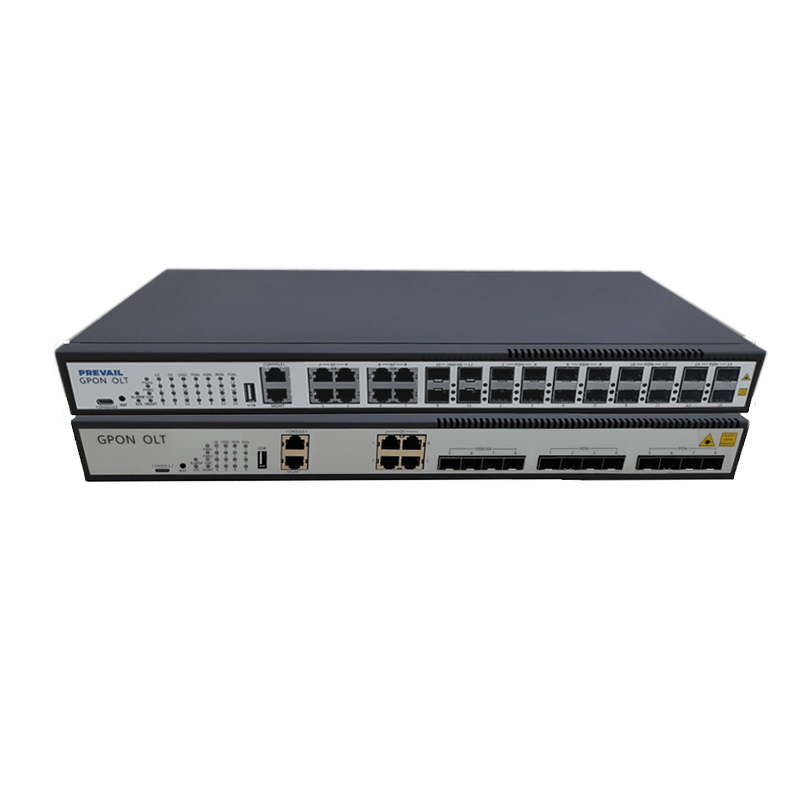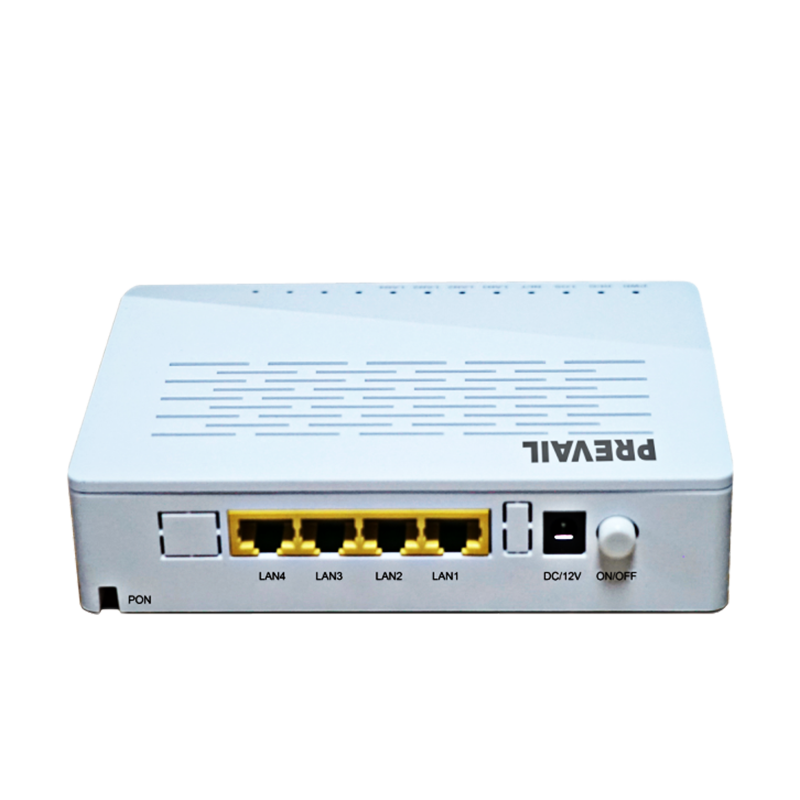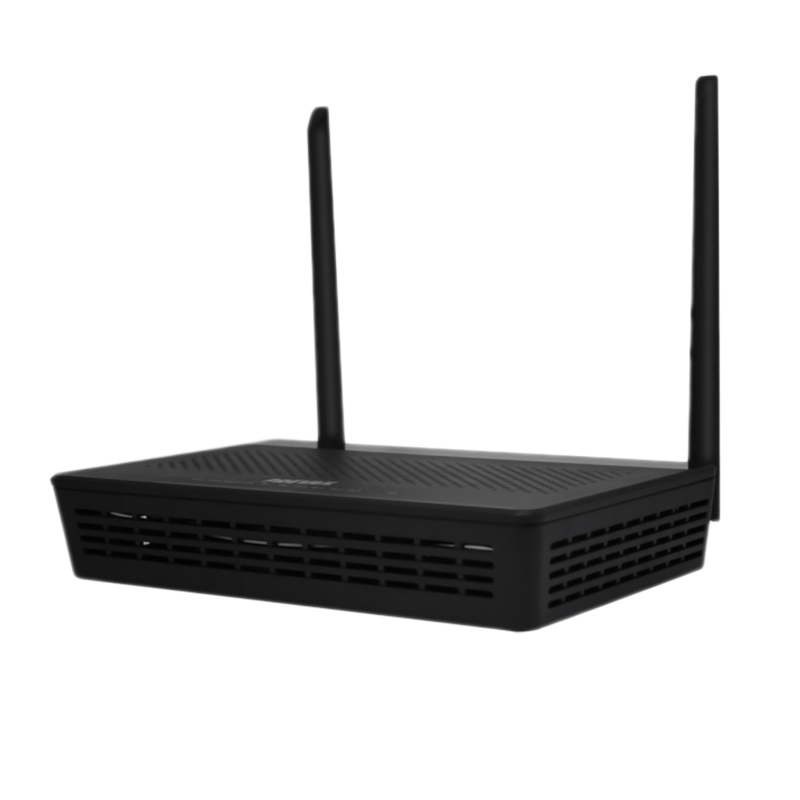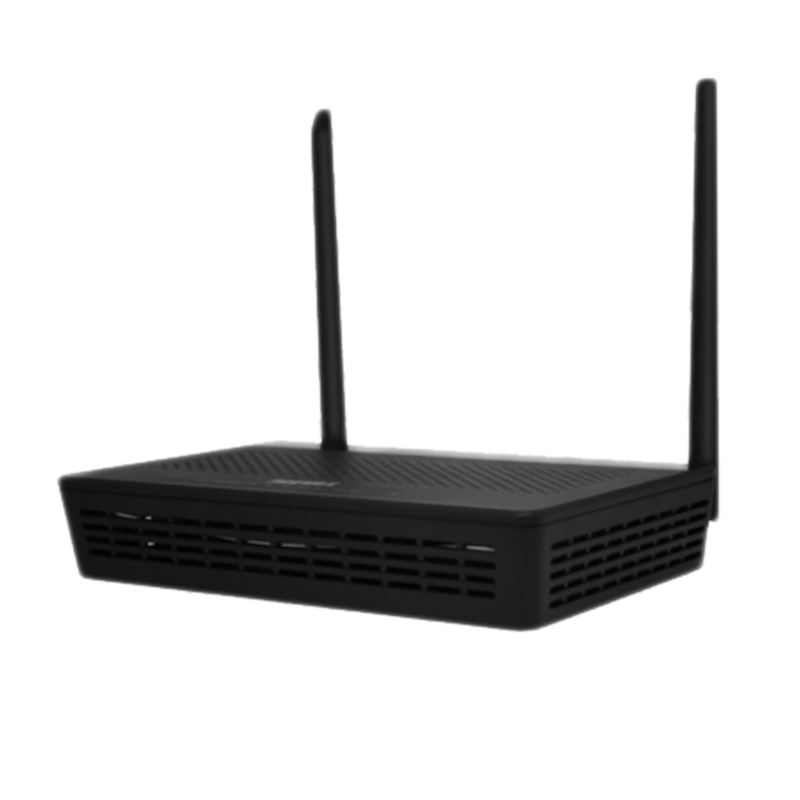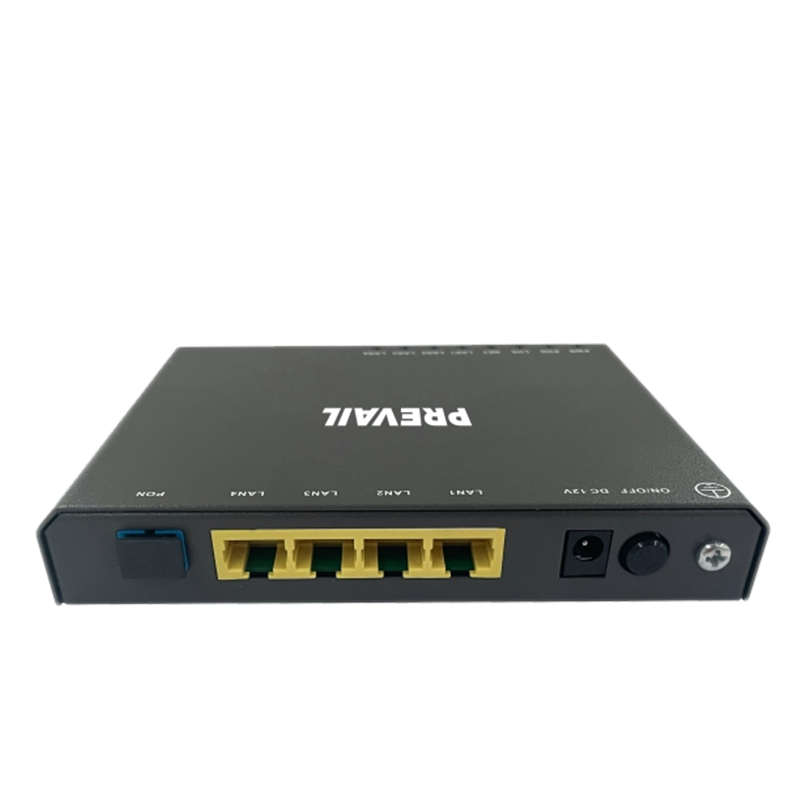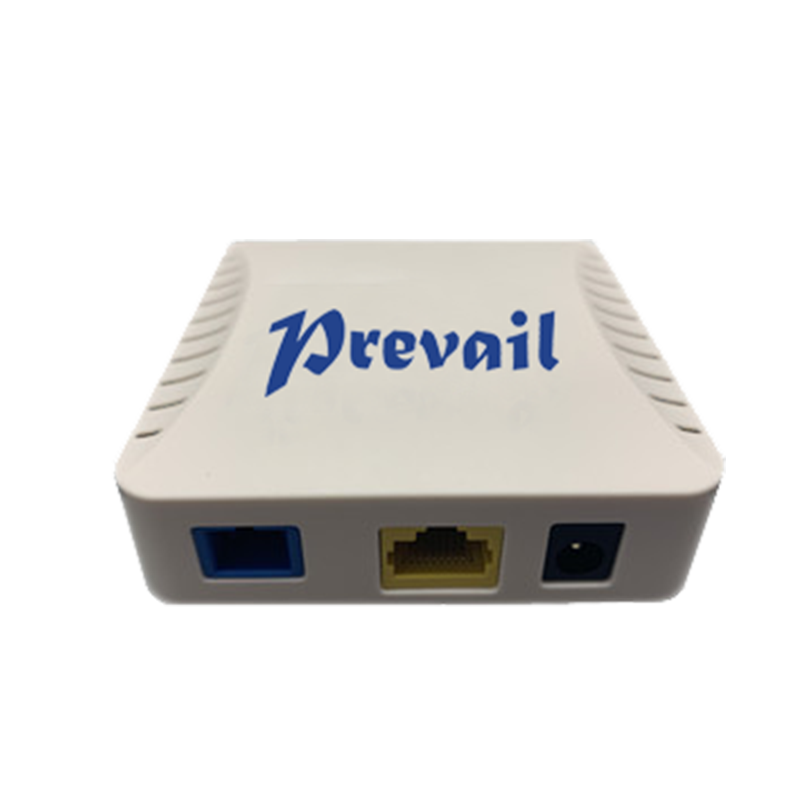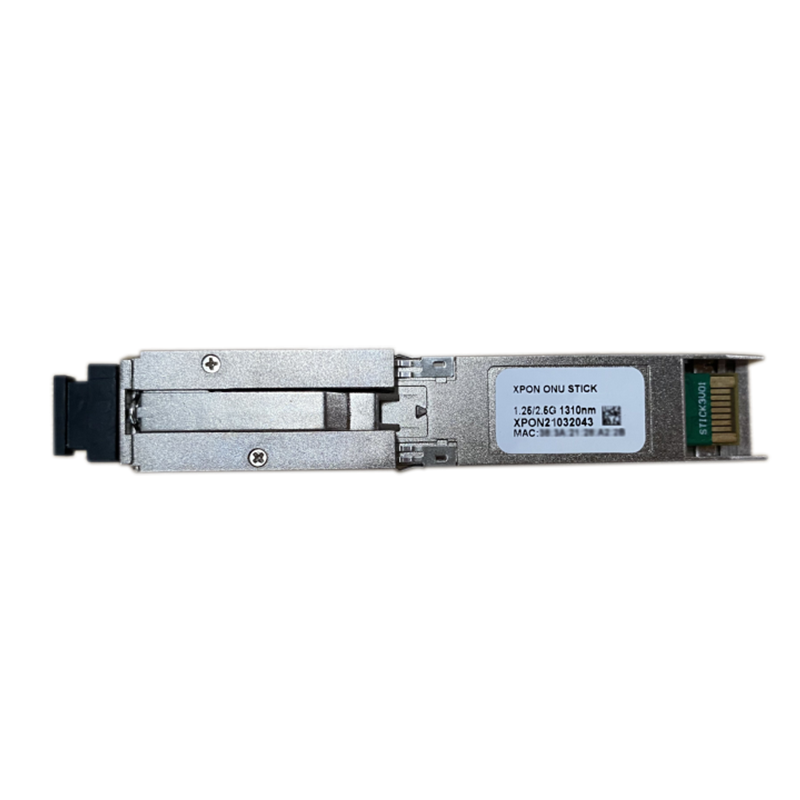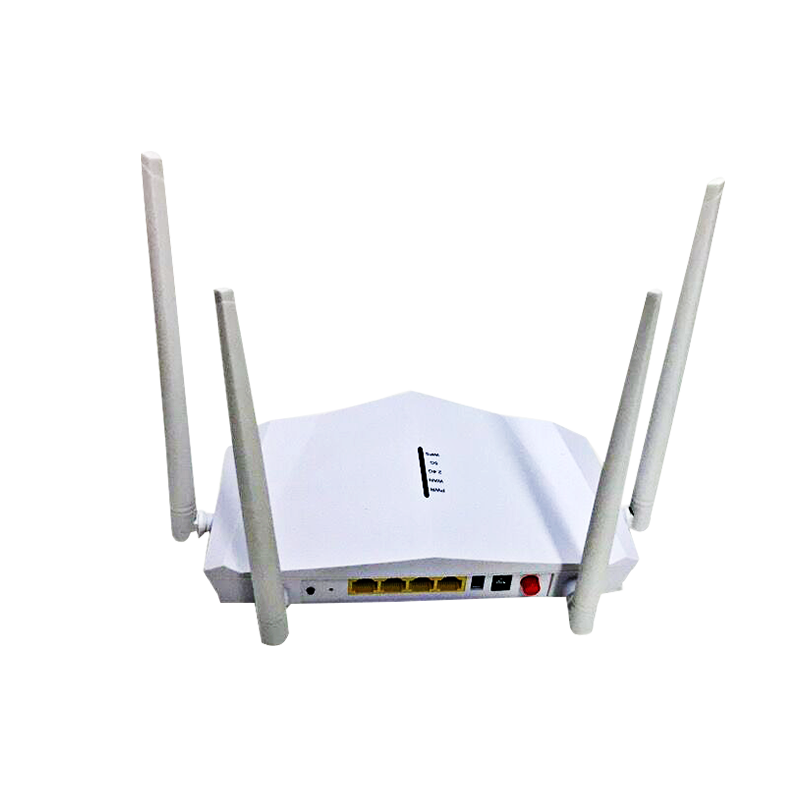What are the humidity and environmental conditions that the 1550nm Optical Transmitter can withstand?
The environmental conditions, including humidity, that a 1550nm optical transmitter can withstand are critical for its reliable operation in various applications. Here are the typical specifications and conditions that are often considered:
Humidity Conditions:
Operating Humidity:
Range: Most 1550nm optical transmitters are designed to operate in a relative humidity range of 5% to 95% non-condensing.
Non-condensing Requirement: It is crucial that the humidity does not condense within the transmitter, as condensation can cause short circuits, corrosion, and other failures.
Storage Humidity:
Range: For storage, the acceptable humidity range is generally similar to the operating range, typically 5% to 95% non-condensing.
Temperature Conditions:
Operating Temperature:
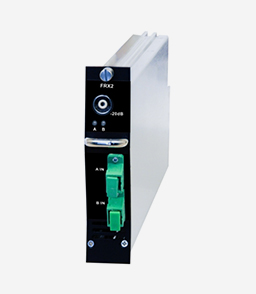
Range: The operating temperature range for 1550nm optical transmitters is usually between -40°C to +85°C (-40°F to +185°F). However, this can vary based on the specific model and manufacturer.
Storage Temperature:
Range: Storage temperature specifications are generally broader, often between -40°C to +85°C (-40°F to +185°F).
Environmental Conditions:
Altitude:
Operating Altitude: Many transmitters can operate up to an altitude of 10,000 feet (approximately 3,048 meters) without performance degradation.
Storage Altitude: Storage altitude limits are typically similar to operating altitude limits.
Shock and Vibration:
Shock Resistance: Optical transmitters are designed to withstand certain levels of mechanical shock, often specified in terms of G-forces. Typical shock resistance might be up to 30G for 11ms.
Vibration Resistance: Transmitters are also rated for vibration resistance, usually defined by standards such as IEC 60068-2-6, which might specify vibration levels up to 2G within a frequency range of 10Hz to 500Hz.
Ingress Protection:
IP Rating: Some transmitters may have an Ingress Protection (IP) rating, indicating their resistance to dust and water. Common ratings include IP20 (limited protection against dust ingress) or higher, depending on the application.
Corrosion Resistance:
Materials and Coatings: Transmitters designed for harsh environments often use materials and coatings that resist corrosion. This is particularly important in industrial or marine environments where exposure to corrosive agents is a concern.
Electromagnetic Compatibility (EMC):
EMC Compliance:
Standards: Transmitters need to comply with EMC standards to ensure they do not emit excessive electromagnetic interference (EMI) and are not unduly affected by external EMI. Common standards include FCC Part 15, EN 55032 (CISPR 32), and others.
Certifications and Standards:
Compliance:
Industry Standards: Compliance with industry standards such as Telcordia GR-468-CORE (for laser diode reliability) and IEC 60721 (classification of environmental conditions) is common.
Safety Standards: Compliance with safety standards like UL (Underwriters Laboratories) and CE (Conformité Européenne) marking may be required.
Manufacturer Specifications:
Specific Models:
Variations: Different manufacturers and models of 1550nm optical transmitters may have specific environmental and humidity ratings. It is essential to consult the datasheets and technical documentation provided by the manufacturer for precise specifications.
By considering these conditions and specifications, you can ensure that a 1550nm optical transmitter will operate reliably in your intended environment. Always refer to the specific product documentation for the most accurate and detailed information.





